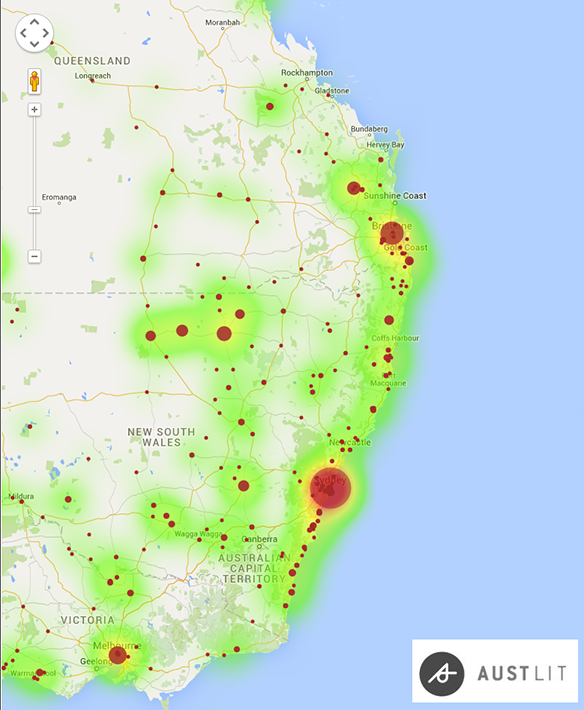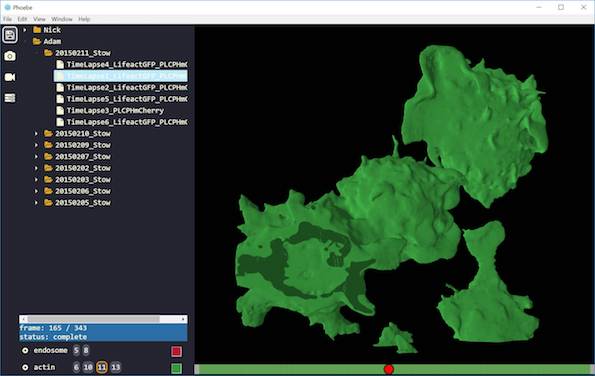Visualisation

Visualisation is the graphic illustration of data and computational models, helping researchers gain insights.
As the volume of research data in the world increases, visualisation is increasingly being used to display trends or patterns in data and to communicate research information and outcomes effectively and efficiently.
The growing number of visualisation tools and services help researchers create imagery from their data by the use of graphics, colour and interactivity. Tools currently employed include:
- MATLAB
- VTK
- ParaView
- POV-Ray.
Phoebe
Phoebe is a RCC-developed advanced data visualisation system that allows researchers to investigate large, volumetic, time-series microscopy data sets using a 3D interactive user interface.
Phoebe provides researchers with the ability to survey and animate very large data sets in real time as if they were interactive movies.
Phoebe offloads expensive data processing and storage onto UQ’s high-performance computers to provide a seamless high-speed experience.
Researchers can fine-tune Phoebe’s output by adjusting various parameters on an ad hoc basis. Behind the scenes, the tool is constantly adjusting its computation engine to stay in synch’ with the user.
Phoebe is an open-source distributed system composed of a multiplatform user interface (Windows, Linux, Macintosh); a multi-process and multi-CPU compute engine; and a database which ties everything together.
UQ’s world-class Lattice Light Sheet Microscope (LLSM) — installed at the Institute for Molecular Bioscience (IMB) in September 2017 — motivated Phoebe’s development, but the tool is applicable to other types of imaging data.
The LLSM can generate up to 7 TBs of imaging data per day, and Phoebe helps process, organise and visualise the huge amounts of data that the LLSM generates.
Please contact RCC’s Oliver Cairncross if you have any questions about Phoebe: o.cairncross@uq.edu.au.

